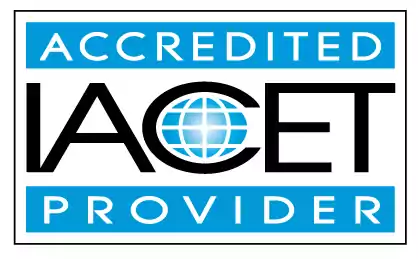Demonstrate an understanding of teacher direct vs. child directed activities
Discover the importance of teacher direct vs. child directed activities in early childhood education and child care centers. Gain a deeper understanding of the central objective and supporting elements that shape learning experiences for young children.Trainings incorporating this outcome
Age group
Proficiency Level
120 hours courses
3 hours courses
Related Outcomes
- Demonstrate an understanding of teacher vs. child directed activities.
- Recognize the importance of maintaining a balance between teacher directed and child directed activities
- Identify and understand the requirements of Child Care Subsidy (POC), Child and Adult Food Program, MSDE Child Care Credential, Tiered Reimbursement, and the Child Care Career and Professional Development Fund
- Demonstrate understanding of strategies that utilize good time management practices for teachers and child care providers.
- Identify appropriate practices for teacher- and child-directed activities.
- Demonstrate understanding of cultural differences and its influences on a child's social behavior.
- Demonstrate an understanding of the overall cost of child care
- Demonstrate understanding of developing strategies for involving parents in the child care setting.
- Demonstrate understanding of inclusionary practices for conduct disorder in the child care setting.
- Demonstrate understanding of inclusionary practices for cerebral palsy in the child care setting.
- Demonstrate an understanding of how to create a natural outdoor classroom that supports child development in all areas.
- Demonstrate an understanding of content areas and how they are related to child development.
- Demonstrates understanding of developing positive relationships with child care families
- Demonstrate understanding of optimal room arrangements for family child care settings and their components.
- Demonstrate an understanding of concepts within the activity and content area for the visual arts for school-age.
- Demonstrate an understanding of the importance of schedules and consistency in a child care environment.
- Demonstrate an understanding of how available materials and equipment guide activity development
- Demonstrate an understanding of how genetics and environment influence child growth and development
- Demonstrate an understanding of how genetics and environment influence child growth and development.
- Demonstrates an understanding of content areas and how they relate to child development
Related Articles
- What is a CDA Credential? Understanding the Value of the Child Development Associate Certification
- Understanding the CDA Credential: A Guide for Child Care Providers
- Becoming a Child Care Teacher in Massachusetts: How the CDA Credential Can Help
- Secure a Scholarship for Your Child Development Associate (CDA) Credential
- Building Strong Partnerships with Families: A CDA Teacher’s Approach
- CDA Credential Supports Child Development and Learning
- Understanding the CDA Verification Visit: What to Expect and How to Prepare
- Understanding the CDA Competency Standards: A Key to Earning Your Credential
- How Georgia Child Care Providers Can Use the DECAL Scholars Program to Earn their CDA
- Exploring the Benefits of Becoming a Certified Child Development Professional
- How Indiana Child Care Providers Can Benefit from the CDA Credential
- CDA Certification for Maryland Child Care Providers
- I don't currently work in child care, can I still earn a CDA Credential?
- Exploring Career Opportunities with a Child Development Associate (CDA) Credential
- Building Your CDA Professional Portfolio: Understanding the Cover Sheet
- Finding Funding to Obtain the CDA Credential for Child Care Providers
- Alaska Child Care and the CDA Credential
- Understanding the Training Requirements for the CDA Credential
- Empowering Preschool Teachers: The Benefits of Earning Your CDA
- Child Development Associate (CDA) Professional Portfolio, Resource Collection V (RC V)
 12 CEUs
12 CEUs